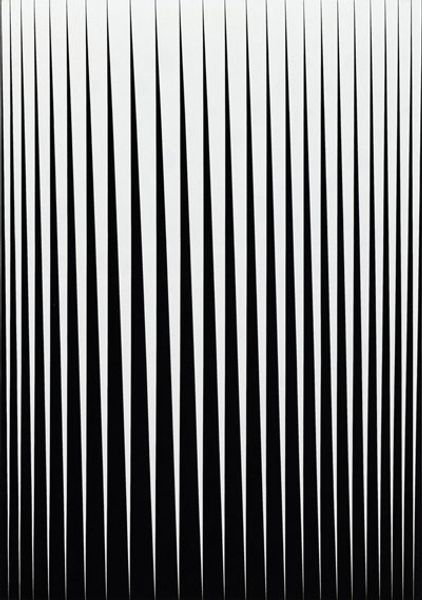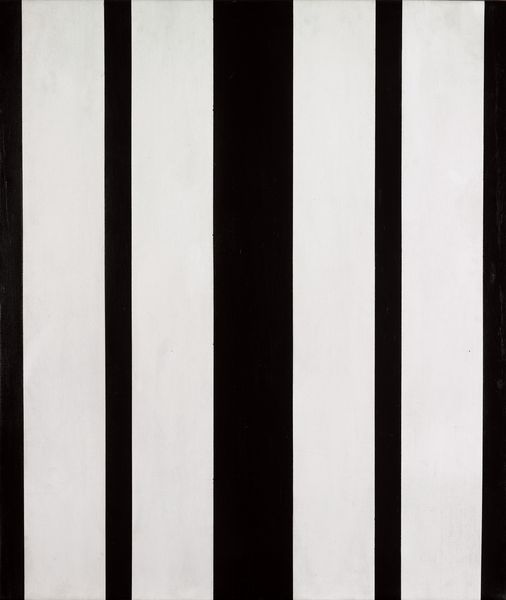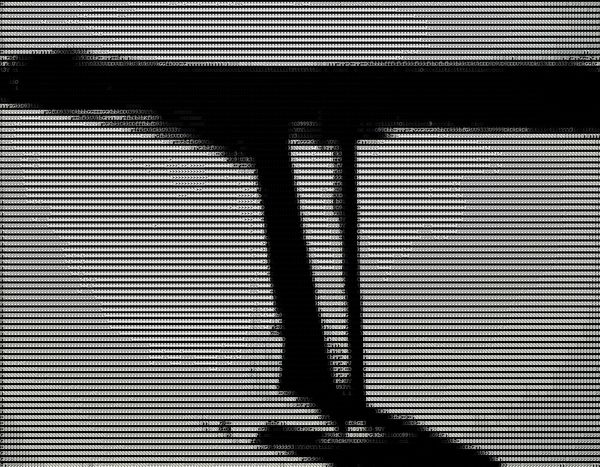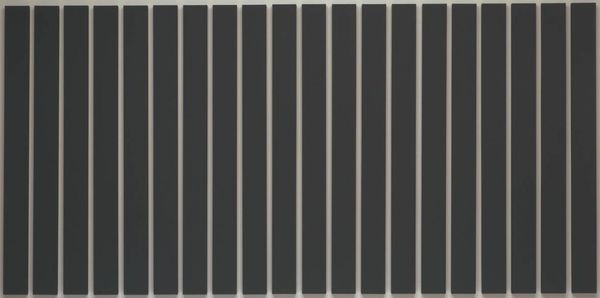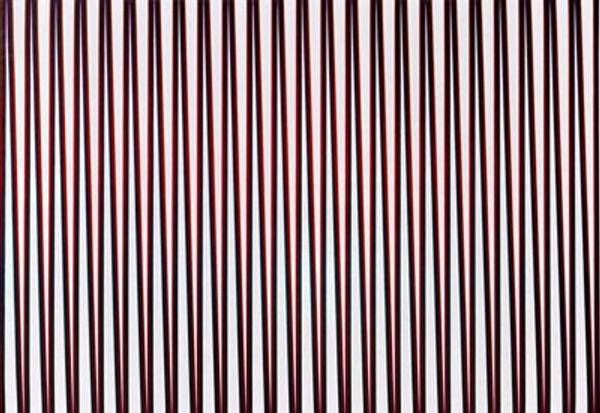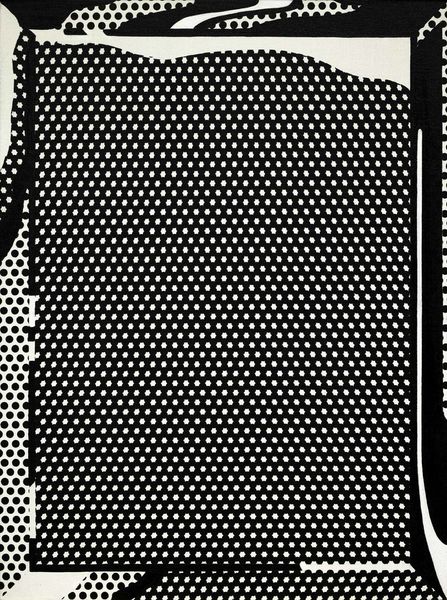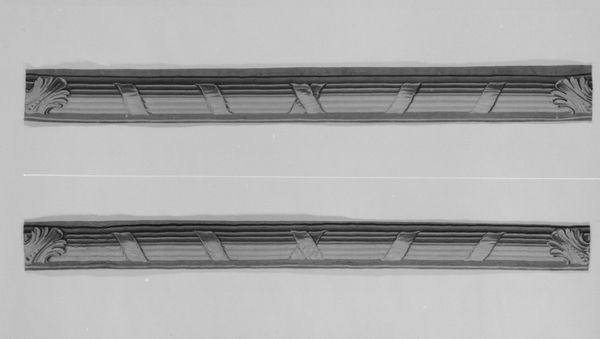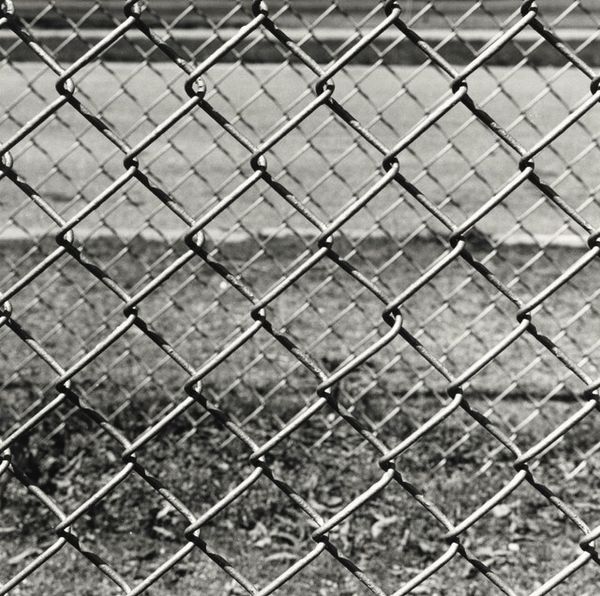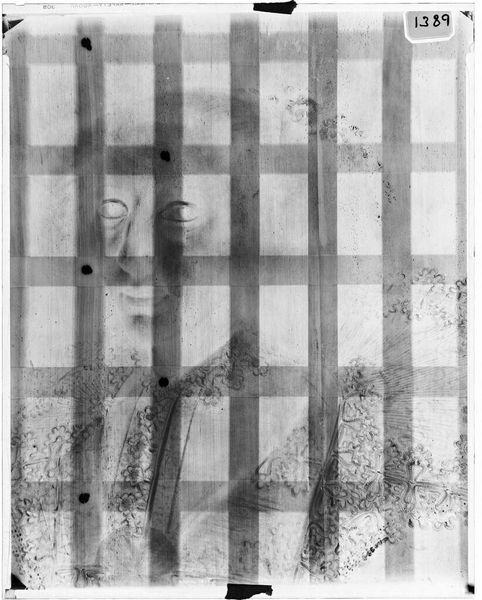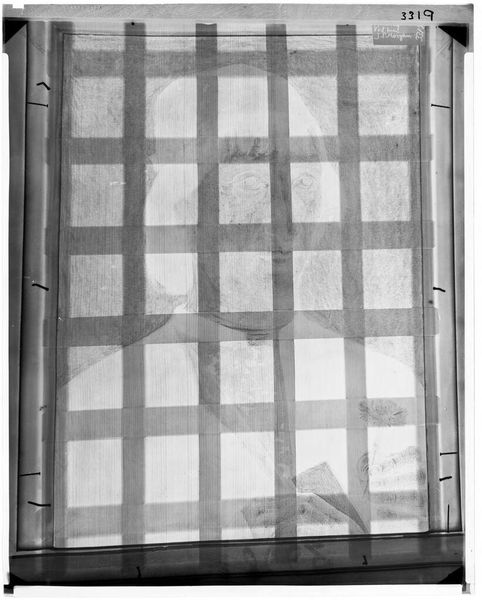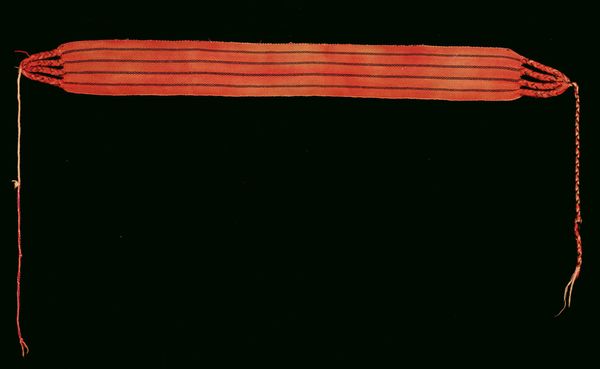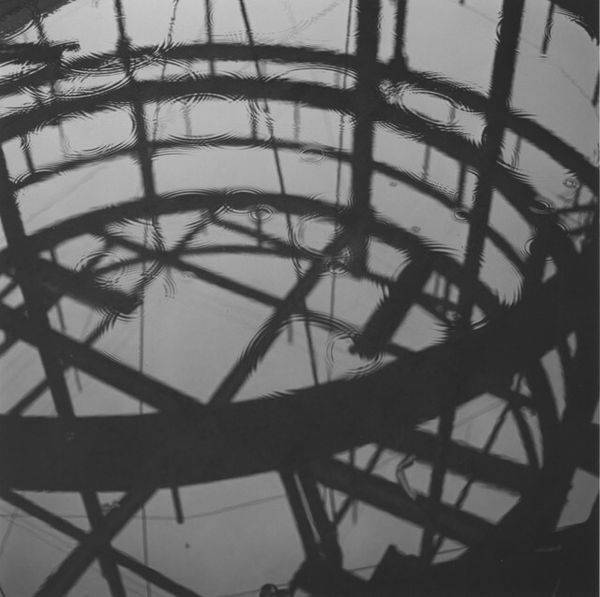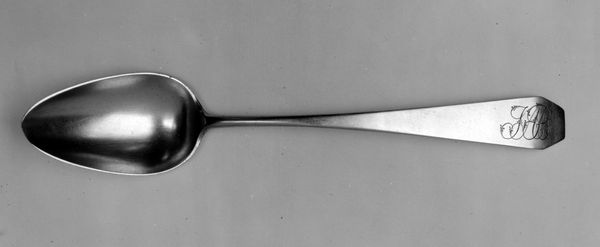
photography
#
minimalism
#
pattern
#
geometric pattern
#
photography
#
geometric
#
geometric-abstraction
#
abstraction
#
line
#
monochrome
Copyright: Gerhard von Graevenitz,Fair Use
Curator: Immediately striking. There's something quite stark, almost oppressive, about those vertical bars against the deep black background. It feels… claustrophobic, in a strange way. Editor: You're observing Gerhard von Graevenitz's piece "5 Black Rectangles on White", a photograph he created in 1973. Von Graevenitz was deeply involved in the Kinetic Art movement and often explored the interplay between order and chance, which reflects broader post-war attempts to reconcile societal fragmentation and rigid structures through creative expressions. Curator: Order and chance, you say? I suppose the rectangles provide that order, but where does the chance come in? Is it in the varying thicknesses of the rectangles? Or the precise placement; each at a slightly different, almost random interval? Editor: Precisely. He plays with seriality and variation, common strategies of the Minimalism movement of the 1960s and 70s, critiquing the established canon of artistic production. This was the decade that saw Minimalism gaining more institutional backing—this photograph, for instance, was intentionally rendered, to echo the machine production and reject Abstract Expressionism's emotional outbursts that reigned until then. Curator: It’s interesting that you bring that up. I am certainly interested in that serial effect, but can we talk about its simplicity? This image begs for some relief; I wonder if von Graevenitz's goal was a purely formal experiment or if there's something deeper to grasp with just lines and planes. The contrast does give each stripe more value, wouldn't you agree? Editor: Agreed. The black and white contrast creates an immediate tension, highlighting not only the shapes themselves, but the negative space in between. Think of how crucial photography and monochromism were at the time: Von Graevenitz challenges the prevailing narrative by stripping down the artistic language to its essentials, urging us to question not only what we see but also how we perceive it through social paradigms. Curator: I think I now understand why I sensed something unsettling about the piece, those black bars might echo the confines placed by social structures of the time, yes. They reflect much of the angst found in other artworks and photography during that period. Editor: A good point. That said, let us consider not only the aesthetic and compositional choices but their relation to societal dialogues around industrialization and individuality during the early 1970s. A complex, intriguing piece of commentary in stark black and white. Curator: Indeed, now I have more tools to appreciate how minimalist works of art reflected complex changes happening at the time.
Comments
No comments
Be the first to comment and join the conversation on the ultimate creative platform.
